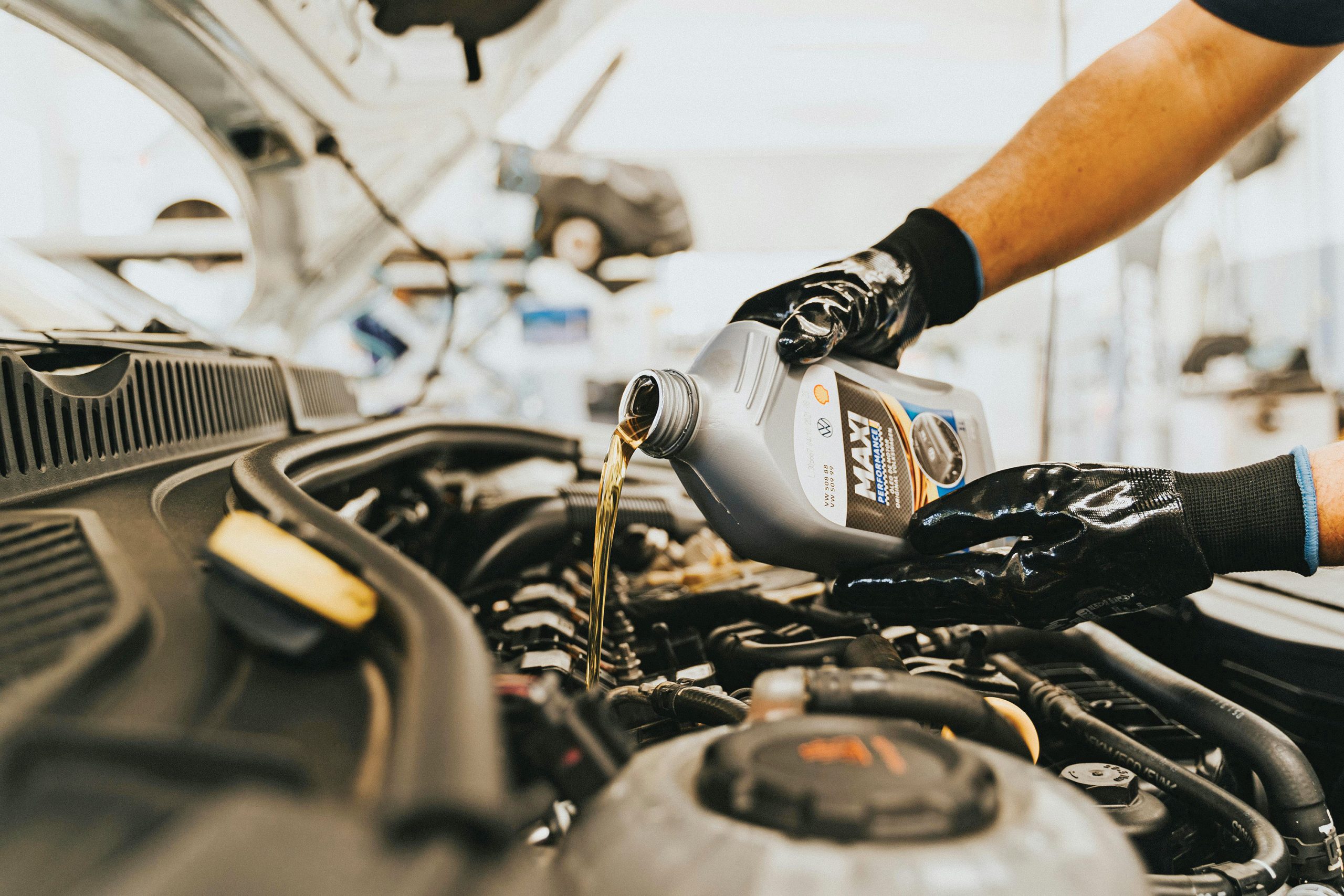Drivers undoubtedly have noticed their vehicles need less frequent oil changes than cars once required.
The longtime standard oil change interval of once every 5,000km no longer applies, and that’s thanks to the pivot away from conventional oil to synthetic oil.
The molecular structure of synthetic oil and its ability to perform better at extreme temperature means drivers can now drive significantly longer distances between oil changes.
In fact, Car and Driver notes that synthetic motor oils provide better startup performance and flow at temperatures down to 4 degrees Celsius and then endure extremely high temperatures without oxidizing, thickening or turning black.
The reason synthetic oils need less frequent changes is that they can maintain their superior properties two to three times longer than conventional oils.
Though each vehicle manufacturer is different and drivers are urged to consult their owner’s manuals regarding synthetic oil change interval recommendations, it’s not uncommon for modern vehicles to range between 8,000 and 11,000kms before they need an oil change.
Some synthetic oil manufacturers even note their products can last more than 16,000kms.
However, as vehicles age, engines may benefit from more frequent oil changes than the owner’s manual necessarily recommends.
More frequent changes can be especially beneficial for vehicles that are routinely driven in stop-and-go traffic.




